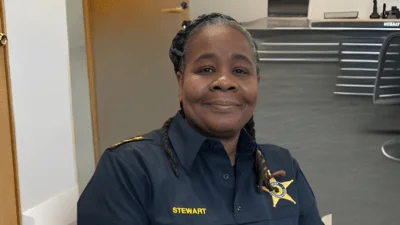Sen. Laura Murphy | Facebook
Sen. Laura Murphy | Facebook
As Illinois is set to receive approximately $7 billion in funding to support local school districts from the American Rescue Plan, school districts in Senate District 28 will receive $177,711,359 of those funds.
"Over the past year, teachers and parents have put in thousands of hours of additional effort to keep our kids engaged in learning," state Sen. Laura Murphy (R-Des Plaines) said in an April 1 Facebook post. "This funding gives schools and students the support they need to make a full recovery after the pandemic."
According to a press release from Murphy, local school districts and the amounts they are set receive are as follows: School District U-46 - $95,027,296; Schaumburg Community Consolidated School District 54 - $18,762,224; Community Consolidated School District 59 - $12,435,762; Des Plaines Community Consolidated School District 62 - $10,129,759; Park Ridge Consolidated Community School District 64 - $2,040,685; Maine Township High School District 207 - $8,389,466; Keeneyville School District 20 - $2,636,287; Lake Park Community High School District 108 - $2,333,579; Township High School District 211 - $13,400,938; Township High School District 214 - $12,555,363
This round of funding comes from the most recent federal approval of a COVID-19 relief package to help school districts overcome challenges they have faced since the start of the pandemic over a year ago. Challenges have included technological issues, remote and hybrid learning, digital connection issues and many more.
As part of the American Rescue Plan that is responsible for this funding, schools have 3.5 years to use to the money and are only required to use 20% toward addressing learning loss. The other 80% is allowed to be used however schools see fit for their individual districts to recover.
The Illinois State Board of Education has created guidelines in partnership with other state organizations that deal with the education system. This set of guidelines acts as a starting point of information to help schools decide what they may use that additional funding for. Schools are not required to abide by the guidelines, as they act as just that, a guide to help schools decide what they may want to use the additional for in districts.






 Alerts Sign-up
Alerts Sign-up